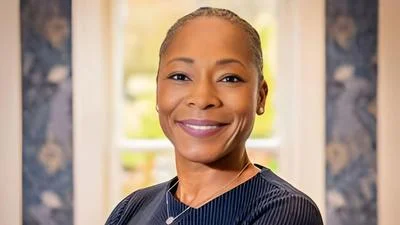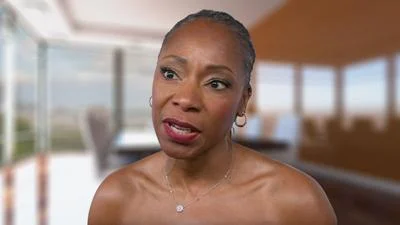By Michael Lorusso, Museum Specialist at the South Florida Collections Management Center
Long before the establishment of the National Park Service, American artists painted and shared their landscape artwork with the public. Did you know that art, in particular painting and photography, also helped to play a crucial role in establishing the National Park Service? Landscape paintings and photography captured the grandeur and beauty of America the Beautiful and drummed up support in protecting these lands. In fact, the idea of a “national park" can be traced back to American artist George Catlin in 1832, where he is quoted during his travels saying, “by some great protecting policy of government... a magnificent park... a nation’s park, containing man and beast, in all the wild (ness) and freshness of their nature’s beauty!"1 Catlin was traveling across the country painting the landscapes and people he encountered, which aimed to support and protect these natural wonders.
Today, the National Park Service preserves and protects both natural and cultural resources, unimpaired, for the enjoyment of future generations. The South Florida Collections Management Center (SFCMC) manages both types of resources for the five South Florida parks, including Big Cypress National Preserve, Biscayne National Park, De Soto National Memorial, Dry Tortugas National Park, and Everglades National Park. Most of these parks are known for their natural beauty, but the cultural use of these parks also is becoming more well recognized. With over 5,000 years of human history, spanning ancient archeology sites to historic shipwrecks, the cultural resources across these five parks are vast and plentiful.
Another type of cultural resource that the SFCMC helps manage and preserve includes works of art such as paintings, sculptures, drawings, photography, and various prints types. Each park maintains an art collection, but collectively, Big Cypress and Everglades hold almost 200 unique pieces of art that help tell the story of our south Florida national parks. Two ways that national parks build their art collections includes through donations and artist-in-residence programs.
Museum staff work on a variety of tasks related to the art collections. During summer 2021, professional conservators completed a conservation treatment on a bronze sculpture at Everglades, and museum staff reframed a print from the Big Cypress collection, with more projects scheduled in the coming years for the South Florida parks' art collections. Staff also work directly with these objects during our annual inventory of the museum collections. The inventory process is complex and requires us to verify the presence (location), current condition, and associated data for the museum objects in storage. During the inventory last year, three works of art caught my eye, a print from Big Cypress National Preserve titled Everglades Journal, a painting from De Soto National Memorial titled De Soto’s Army on the March, and an untitled watercolor from Everglades National Park. These three artworks exemplify the diversity of material we preserve for the benefit and enjoyment of the American public.
Source: U.S. Department of the Interior, National Park Service





